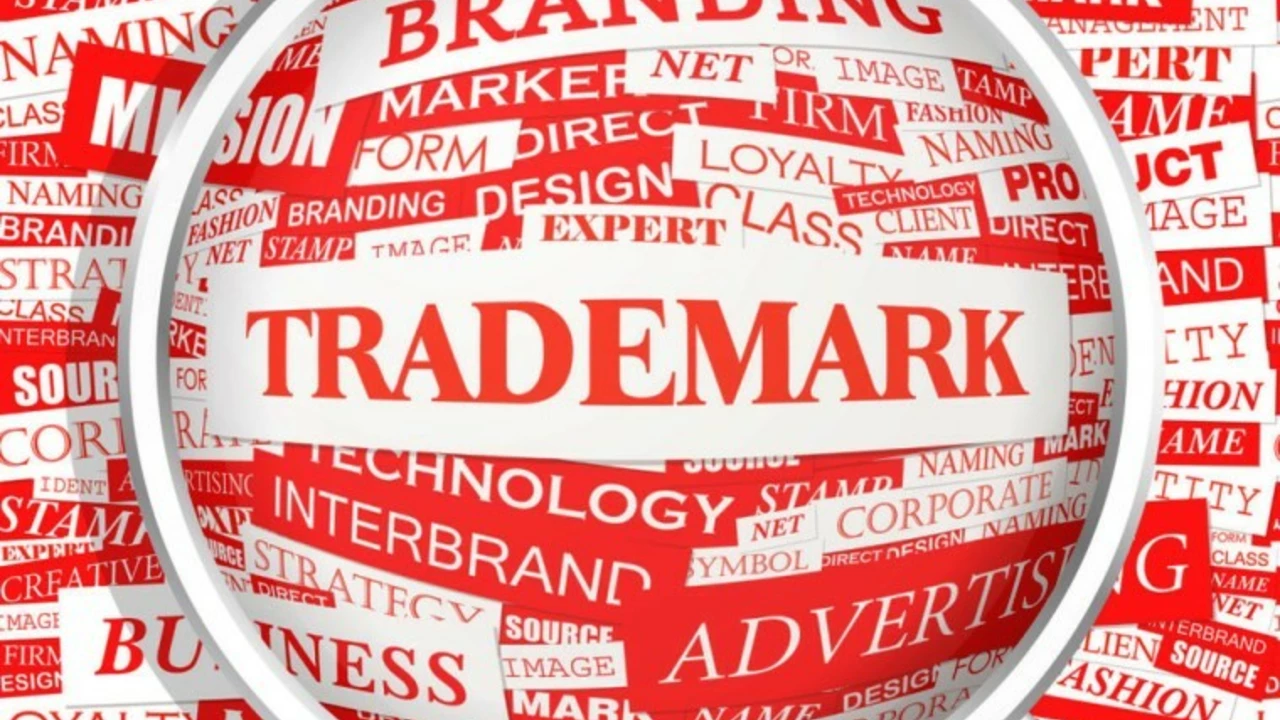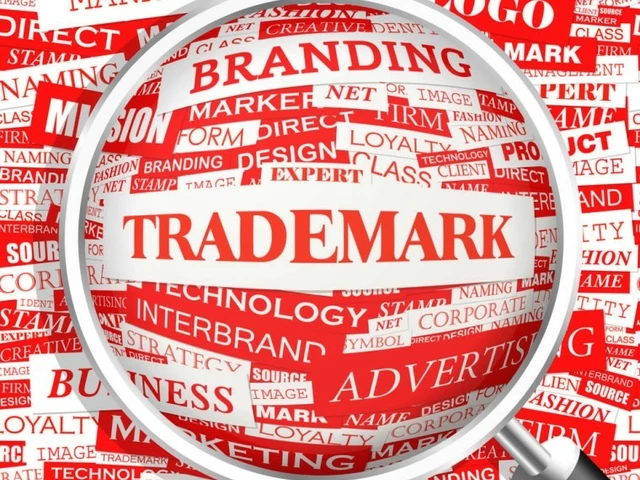Understanding What a Trademark Is
Trademarks, dear reader, are like the DNA of your brand. They're unique, personal, and hold all the elements that make up who you are as a company. No two are the same, just like no two strands of DNA are identical (unless we're talking about identical twins, but that's a genetic discussion for another day and another blog). In the simplest terms, a trademark represents the face, name and the reputation your brand carries in the market. It’s like a hi-vis vest in a sea of corporate suits, or an umbrella in a Sydney downpour – it stands out, protecting and promoting your brand all at once. It's more than just a name or logo - it tells the story of who you are, what you do, and how you do it.
The Importance of Choosing the Right Trademark
Now, have you ever noticed how some people are just naturally good at picking names? Take my mum for example. She named me Caspian, after the sea. Cool, right? Your trademark should also be as striking and memorable as the name Caspian. Ha. In all seriousness though, choosing the right trademark is like choosing a partner for your brand. The right trademark gives your brand identity. It allows customers to identify your products, establishes a link between your quality products and your customer's satisfaction, and separates you from your competitors. Imagine fishing for barramundi in the Sydney Harbour and all the baits look the same. That's your product in the market place without a distinctive trademark.
Research Your Trademark
Before we dive into how to choose the right trademark, let's talk about the importance of research. And no, I'm not about sending you back to your university lecture halls or anything. But just like how you wouldn’t wanted to be called Caspian if there were five more in your neighbourhood (although that could have been cool too, the more Caspians, the merrier), a trademark needs to be unique not just in your head, but duly checked off for its uniqueness in the official books. It’s one awful gut-punch to wrestle up a dashing name for your brand, only to have an envelope slapped onto your desk a month later with ‘cease and desist’ printed in bold. So, before you settle on a trademark, research thoroughly to make sure it isn't already being used by someone else.
Where to Start Your Trademark Research
Doing a simple Google search should be your first step when researching potential trademarks. Look thoroughly at your competitors' trademarks and try to find something that will distinguish your brand from theirs. You could also use a professional trademark search service or even hire an attorney who specializes in intellectual property to conduct a comprehensive search. It's worth it to avoid future troubles and costly re-brandings. Remember, that time my uncle thought he had found a prime real estate location only to find it was a quokka sanctuary? Yeah, don’t be my uncle.
Design a Marketable and Protectable Trademark
Now that we've established the importance of a unique trademark and how to effectively research potential ones, let's talk about creating one that is not only marketable but also protectable. Sounds like a superhero challenge, right? Your trademark should be catchy enough to easily be stuck in peoples' minds but also unique enough that it can be registered and protected from duplication by others. Remember when you were a kid at playground. You needed both, the cool bike that everyone admired and the secret lock combination that stopped all but the worthiest from stealing it. Your trademark is that cool bike and registration, your secret lock's combination.
Creating a Marketable Trademark
One way to create a marketable trademark is to use suggestive words – words which suggest the quality or nature of the goods or services. Just think about brands like Netflix, Airbnb or Amazon. They subtly suggest the nature of their services while remaining unique and unforgettable. Also, don’t be afraid of clever puns and wordplay. Everyone appreciates a good wit and puns are everywhere. The Sydney ferries? Ferry McFerryFace. Even though this one did stir up a bit of a controversy, you've got to admit, it's catchy!
Creating a Protectable Trademark
Getting a protectable trademark, on the other hand, involves making sure it isn't already being used by others and steering clear of generic or descriptive words. It's a fine balance between being clever and being practical. But when it's done right, you can rest assured that no one else can benefit from your reputation or confuse customers by using your trademark. Just as the Sydney Opera House is one-of-a-kind and unmistakable (unless someone gets very ambitious with 3D-printing, but that’s a thought for another day).
Registering Your Trademark
So, you’ve done the research, you've whipped up a cracking brand name, and now it’s time to make it all official. It's sort of like getting a permanent marker after you've been using pencils your whole life. Once you've registered your trademark, it becomes your commercial property that can be bought, sold, and licensed like any other property. Like my collection of rare vinyl records. Their value is locked up until I decide to sell or trade them. It provides you the right to use the little "TM" or "R" symbols, affirming the uniqueness and ownership of your brand in the market. It's like the ‘new car smell’, but for your brand - fresh, unmistakable and definitely yours.
All things considered, having a distinctive and appropriate trademark can set you on a path to gaining solid brand recognition - propelling you to success faster than a kangaroo on a hiking trail. So take a leaf out of Caspian's guide and embark on your trademark journey. Happy branding!

